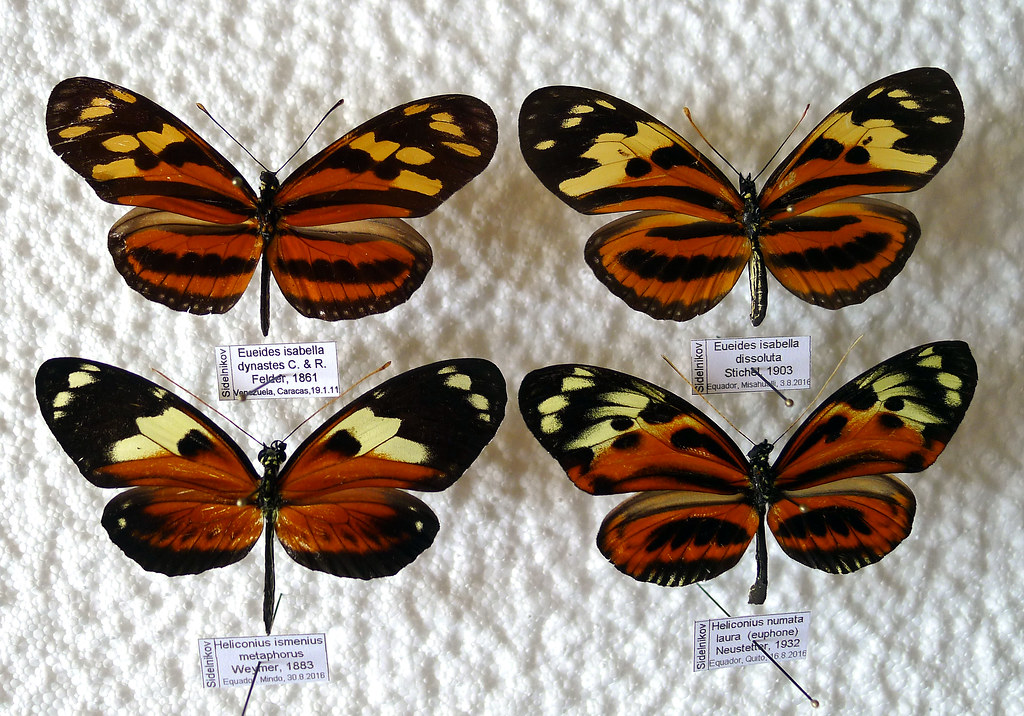Introduction:
Mimicry is a fascinating survival strategy found in the animal kingdom, where certain species imitate the appearance, behavior, or sounds of other organisms or elements in their environment. This remarkable adaptation serves a variety of purposes, including camouflage, protection from predators, and acquiring food. In this blog, we will explore the captivating world of animal mimicry and discover some incredible examples of animals that imitate to survive.
1. The Masters of Disguise: Camouflage Mimicry
Camouflage mimicry involves animals imitating their surroundings to blend in and avoid detection. Examples include stick insects resembling twigs and leaf-mimicking butterflies that perfectly match their habitat.
2. Bewildering Beauty: Batesian Mimicry
Batesian mimicry occurs when harmless species imitate the appearance of toxic or dangerous organisms. For instance, harmless hoverflies mimic the vibrant colors and patterns of stinging bees, deterring potential predators.
3. Deadly Deception: Müllerian Mimicry
In Müllerian mimicry, multiple unpalatable or venomous species evolve to resemble one another. This shared warning signal benefits all species involved by amplifying the learned avoidance behavior of predators.
4. Snake Charades: Mimicking Venomous Snakes
Some harmless snakes mimic the appearance and behavior of venomous snakes, effectively deterring potential predators and increasing their chances of survival.
5. Sneaky Copycats: Aggressive Mimicry
Aggressive mimicry involves predators or parasites imitating harmless or desirable species to deceive their prey or hosts. Examples include anglerfish using a lure to attract unsuspecting prey and fireflies mimicking the mating signals of other firefly species to consume their unsuspecting suitors.
6. Masterful Mimics: Vocal Mimicry
Certain animals possess remarkable vocal mimicry skills, imitating the sounds of other species or environmental elements. The superb lyrebird, for instance, can flawlessly mimic various sounds, including other bird calls and even human noises.
7. Orchestrated Imitation: Mimicry in Social Insects
Social insects, like ants and bees, employ mimicry within their colonies to deceive or confuse rival species or intruders. This tactic helps safeguard their resources and maintain the integrity of their colonies.
8. Copying the Enemy: Mimicking Aggression
Some animals mimic aggressive behaviors to intimidate potential predators or rivals. The harmless milk snake, for example, imitates the striking appearance of venomous coral snakes as a defense mechanism.
9. Alluring Imitations: Floral Mimicry
Certain flowers mimic the appearance, scent, or texture of other plants or objects to attract specific pollinators, increasing their chances of successful reproduction.
10. Mirroring Movements: Mimicry in Motion
Some animals imitate the movements or behavior of other species to gain advantages. For instance, the cleaner fish mimics the swimming patterns of larger fish to gain access to their food scraps and parasites.Conclusion:
Mimicry is a captivating adaptation strategy that showcases the incredible diversity and ingenuity of nature. Through mimicry, animals have evolved remarkable abilities to imitate their environment, predators, prey, or other species to enhance their survival. Exploring these examples of mimicry allows us to appreciate the astonishing strategies and complexities found within the animal kingdom.







